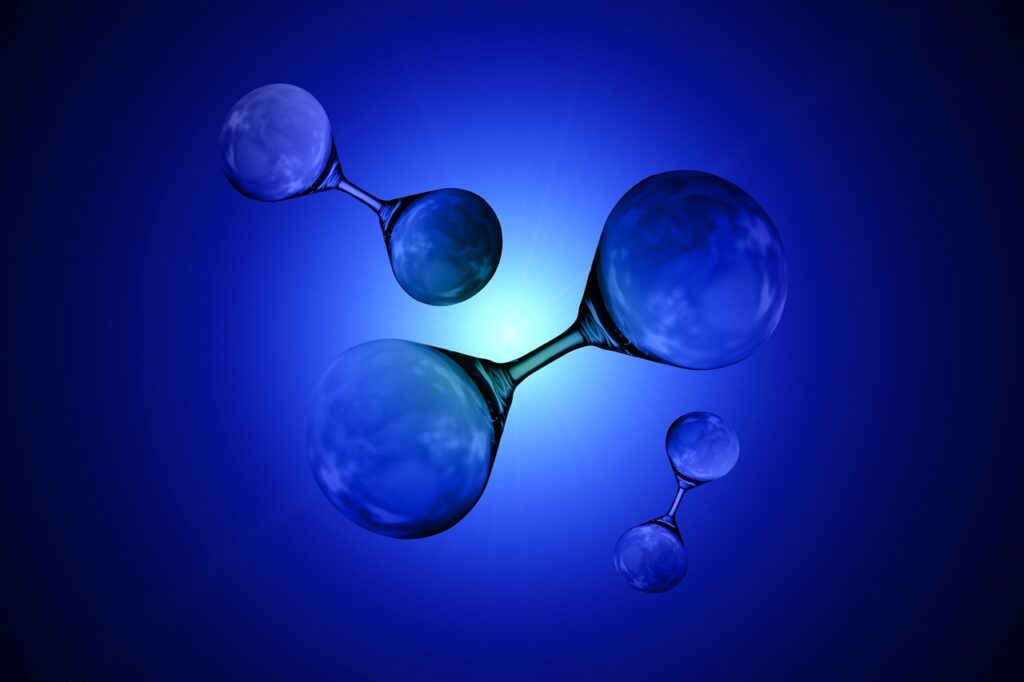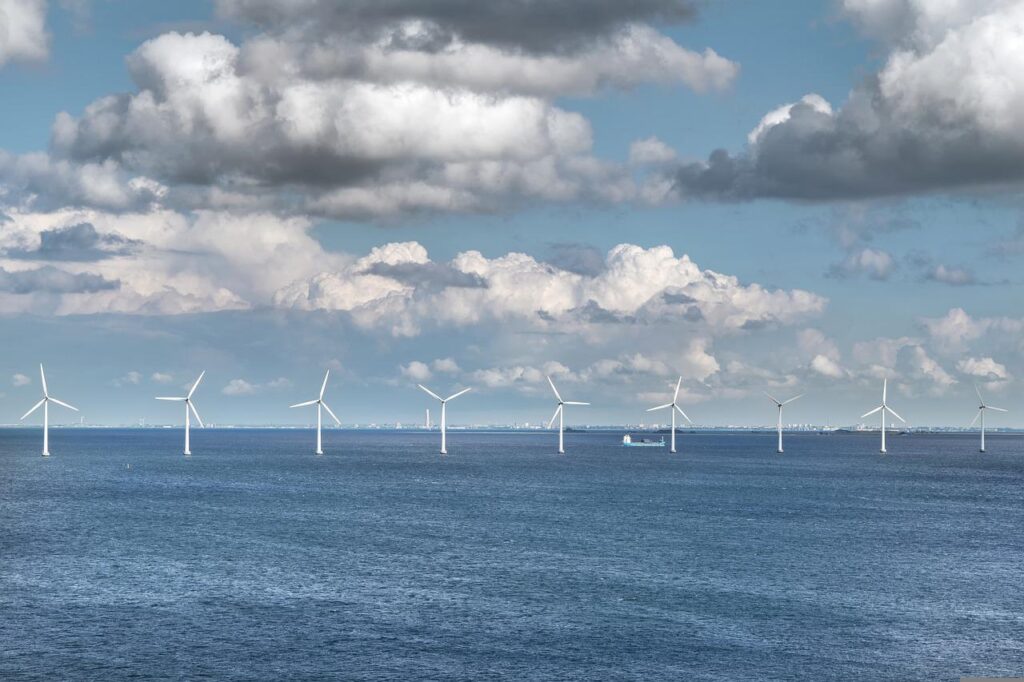
Industrial decarbonization
Modular, Scalable and Site-Agnostic.
Zero-emissions
High-purity hydrogen
from renewable ammonia
Leading cracking technology
as a containerized solution
Zero carbon emissions from an
integrated technology platform
Exogen platform technology

At Exogen we offer comprehensive decarbonization solutions for industrial and commercial applicaitons.
The Exogen HyTrainTM is our flagship technology platform, delivering high-purity hydrogen from renewable ammonia. The integrated ammonia cracker-train is purpose built to combine with our patented Hydrogen Steam Plant (HSP), Hydrogen Refueling Station (HyStationTM), and dispatch power for EV re-charing and back-up power.
- EXOGEN HyTrainTM for producing high-purity hydrogen from renewable ammonia.
- EXOGEN Hydrogen Steam PlantTM for zero-emissions process steam and district heating applications.
- EXOGEN HySationTM for next-generation hydrogen refueling and off-grid EV recharging.
With our technology solutions, cost-effective hydrogen from renewable energy sources becomes available on-site and on-demand. The steam, transport, mobility, and power applications are modular and scalable, supporting site-specific decarbonization pathways.
Connect for an in-depth assessment of your decarbonization potential.
MEET US AT Upcoming Events
Hydrogen economy
The emerging hydrogen economy is decarbonised, decentralised, and digital. We combine these three characteristics into one integrated service offering to the benefit of our clients.
Decarbonisation leads to modular green energy assets distributed across the value chain. The key attribute is a two-way flow of energy and information.
Advanced data analytics unlocks the full potential of end-to-end service integration. ESG funding solutions are a natural service component.
As a first-mover, EXOGEN works with leaders in innovation across industry and commerce to facilitate their road map to net-zero targets. We proactively engage with government, industry, and the built environment to empower activities to transition to a green hydrogen economy.
Green energy future
Expert Testimonials

McKinsey
McKinsey – Global Energy Perspectives
‘Power consumption is projected to triple by 2050 as electrification and living standards grow. Electrification is one of the first decarbonization levers.’

IEA
International Energy Agency
‘The key pillars of decarbonising the global energy system are energy efficiency, behavioural change, electrification, renewables, hydrogen, and CCUS.’

Bloomberg NEF
Bloomberg – New Energy Finance
‘In our Green Scenario, which prioritizes clean electricity and green hydrogen, wind and solar grow to 15% of primary energy in 2030, 47% by 2040 and 70% in 2050.’


